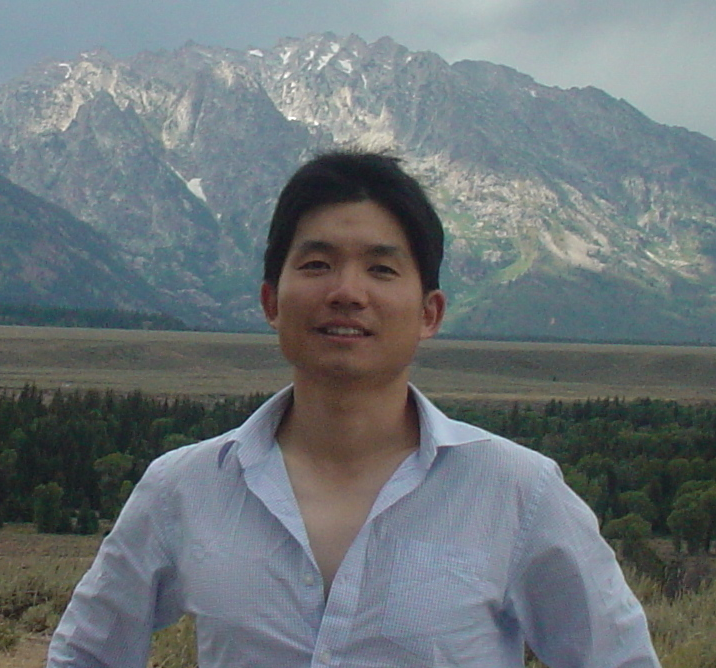Dissertation Defense
Reconstruction, Classification, and Segmentation for Computational Microscopy
Add to Google Calendar

Abstract: This thesis treats two fundamental problems in computational microscopy: image reconstruction for magnetic resonance force microscopy (MRFM) and image classification for electron backscatter diffraction (EBSD). In MRFM, as in many practical situations, the true point spread function (PSF) that blurs the image can be only partially known. The resulting quality from standard image reconstruction techniques may suffer from this possible mismatch. To deal with the mismatch under the sparsity nature of MRFM, we develop novel Bayesian sparse reconstruction methods that account for errors in the PSF of the microscope. Two methods are proposed: a stochastic method and a variational approach. They both jointly estimate the PSF and image. Our proposed framework for reconstruction is flexible to incorporate sparsity inducing priors, thus addressing ill-posedness of this non-convex problem, and has a potential to extend to a general model. To obtain scalable and tractable solutions, a dimensionality reduction technique is applied to the highly nonlinear PSF space. The experiments clearly demonstrate that the proposed methods are superior to previous methods. In EBSD we develop novel and robust dictionary-based methods for segmentation and classification of grain and sub-grain structures in polycrystaline materials. Our work is the first in the EBSD analysis to use a physics-based forward model, called the dictionary, use full diffraction patterns, and efficiently classify patterns into grains, boundaries, and anomalies. Especially, the anomaly detection was not performed in the conventional EBSD analysis but is critical for the material use. The proposed dictionary approach also permits a boundary enhancement at high resolution, unlike a low resolution conventional analysis, and uncertainty quantification for the segmented edges. We demonstrate that our classification approach is robust to instrumental and material differences and noise.
 MENU
MENU 
